House in High Park is a Toronto home to be discovered slowly
House in High Park by Ian MacDonald Architect is a new-build home in Toronto that takes a problematic plot and transforms it into an exhilarating, contemporary residence
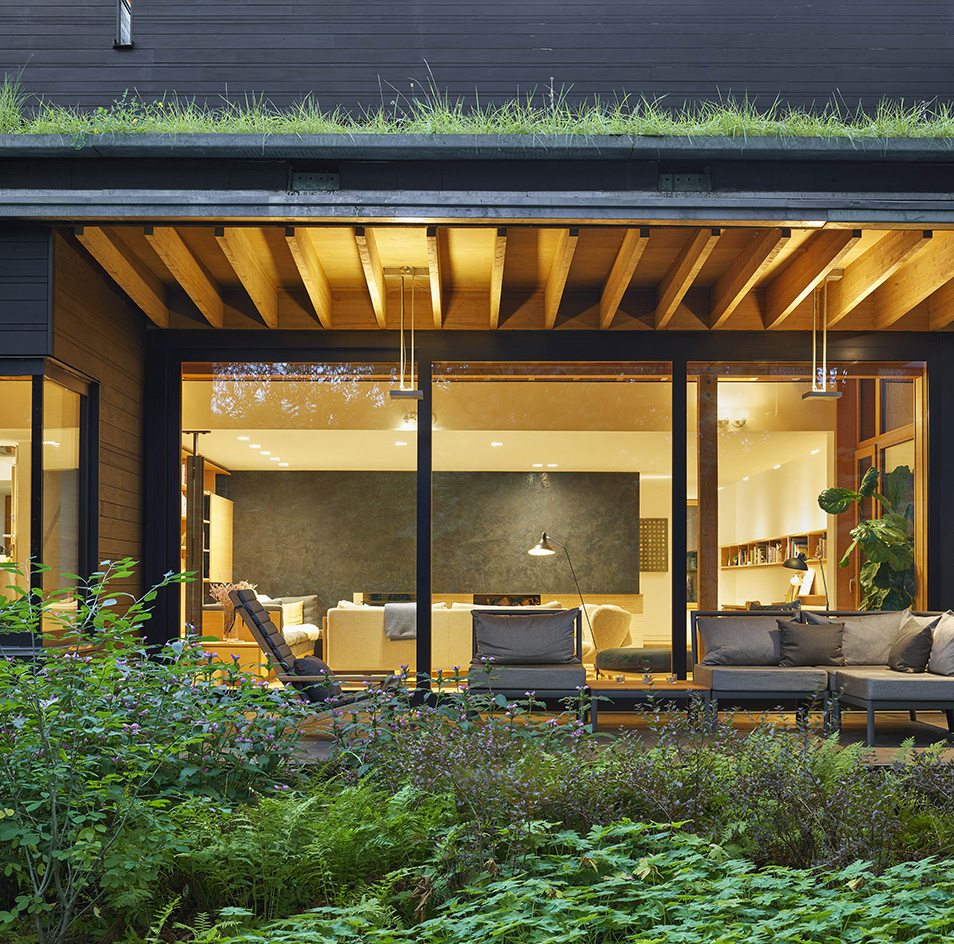
With House in High Park, it's clear why Ian MacDonald has become Toronto’s architect of record for a certain homeowner blessed – whether they recognise it or not – with a tricky location. The architect's extraordinary buildings don’t merely overcome inhospitable conditions; they benefit from sharing their space with stubborn rock, overgrowth and draconian red tape. His talent lies in transforming such liabilities into fascinating characteristics.
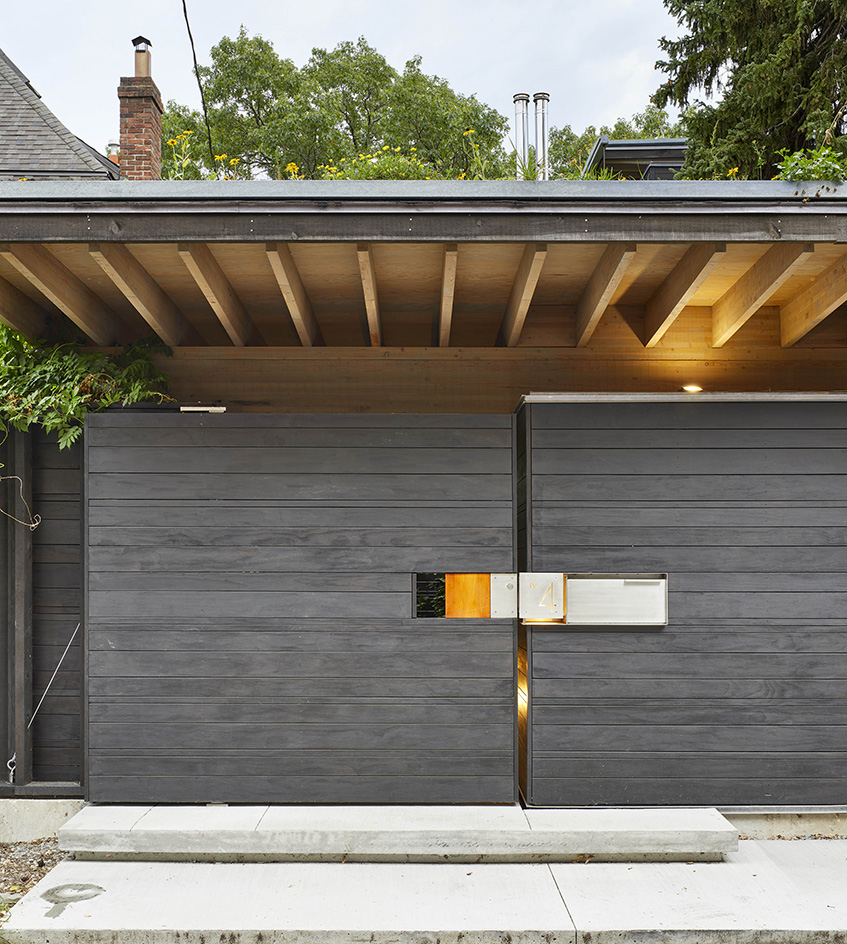
House in High Park: spectacular home out of a tricky site
This vacant plot overlooking a 400-acre park – a so-called 'missing tooth' in the residential streetscape – presented just his sort of challenge. Abandoned after a fire destroyed the original house, the buildable land was a precipitous climb from road level. Not only that: the property line didn’t reach the pavement out front, meaning any new house would have to be accessed from the alley out back.
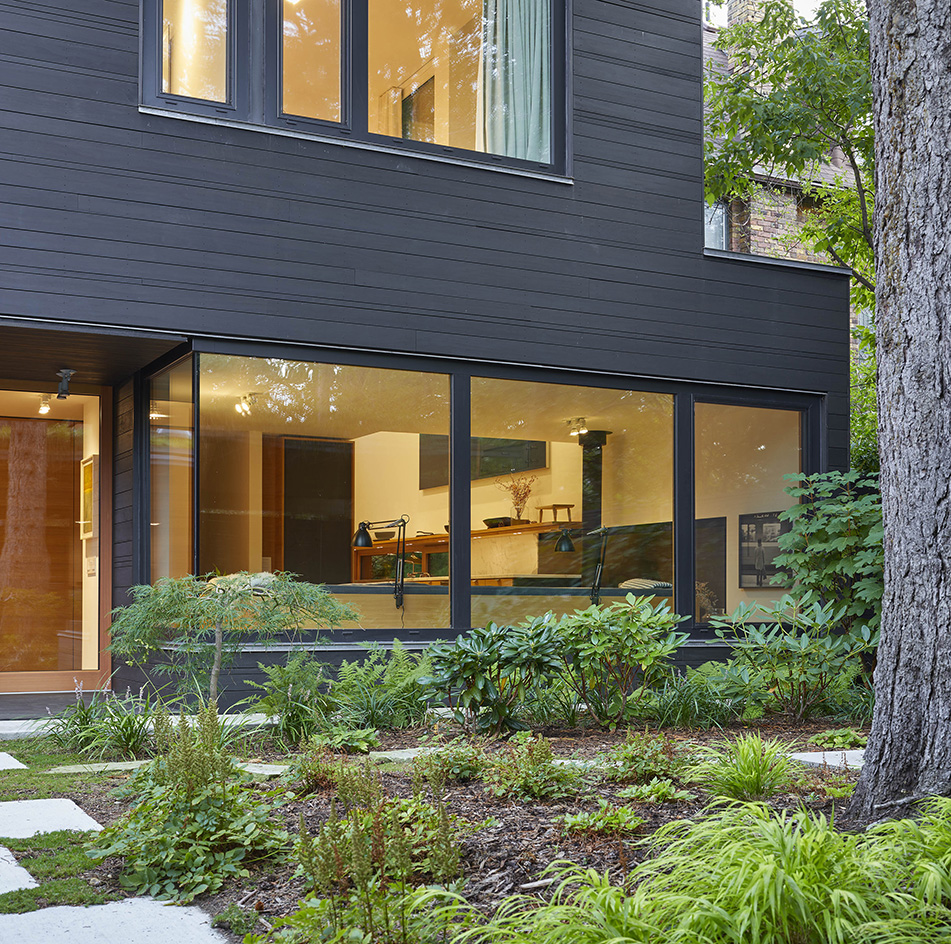
The owners were lucky. Toronto is rife with these access roads, lined with parking bays and 'lane houses'. This one allowed MacDonald to flip the traditional blueprint. Now the rear is the new front, announced by a multifunctional carport-foyer with an oversized pivot door. Enveloped in Kebony treated wood and a cantilevered sedum roof, this antechamber leads into the garden and, beyond, a recessed 'front' door.
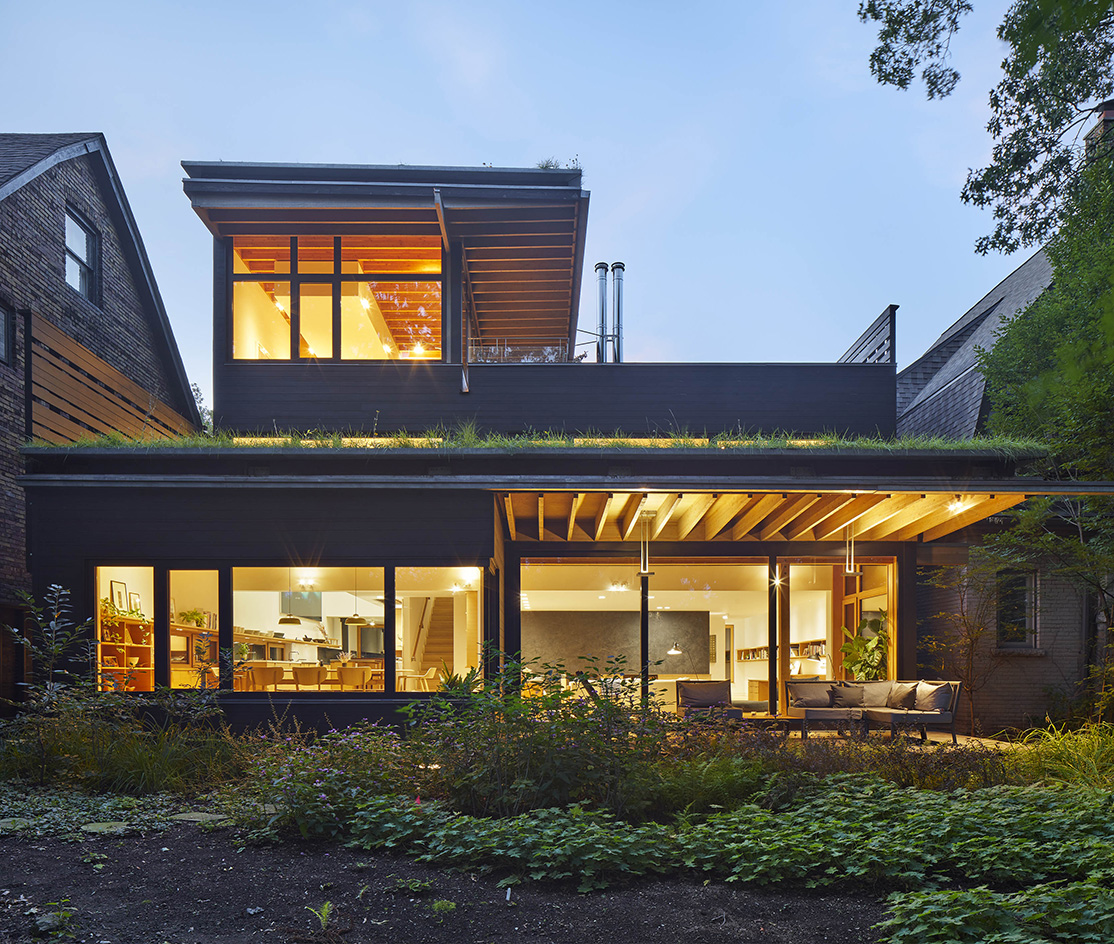
MacDonald is a master of 'view framing', a device he uses to manipulate the experience. In this case, he’s directed the flow of movement toward the leafy ravine side, where overhangs limit the view through cleverly placed picture windows. Only a scrim of green can be seen beyond the rafters. 'It’s not what you show,' he says, 'it’s what you choose to deny.'
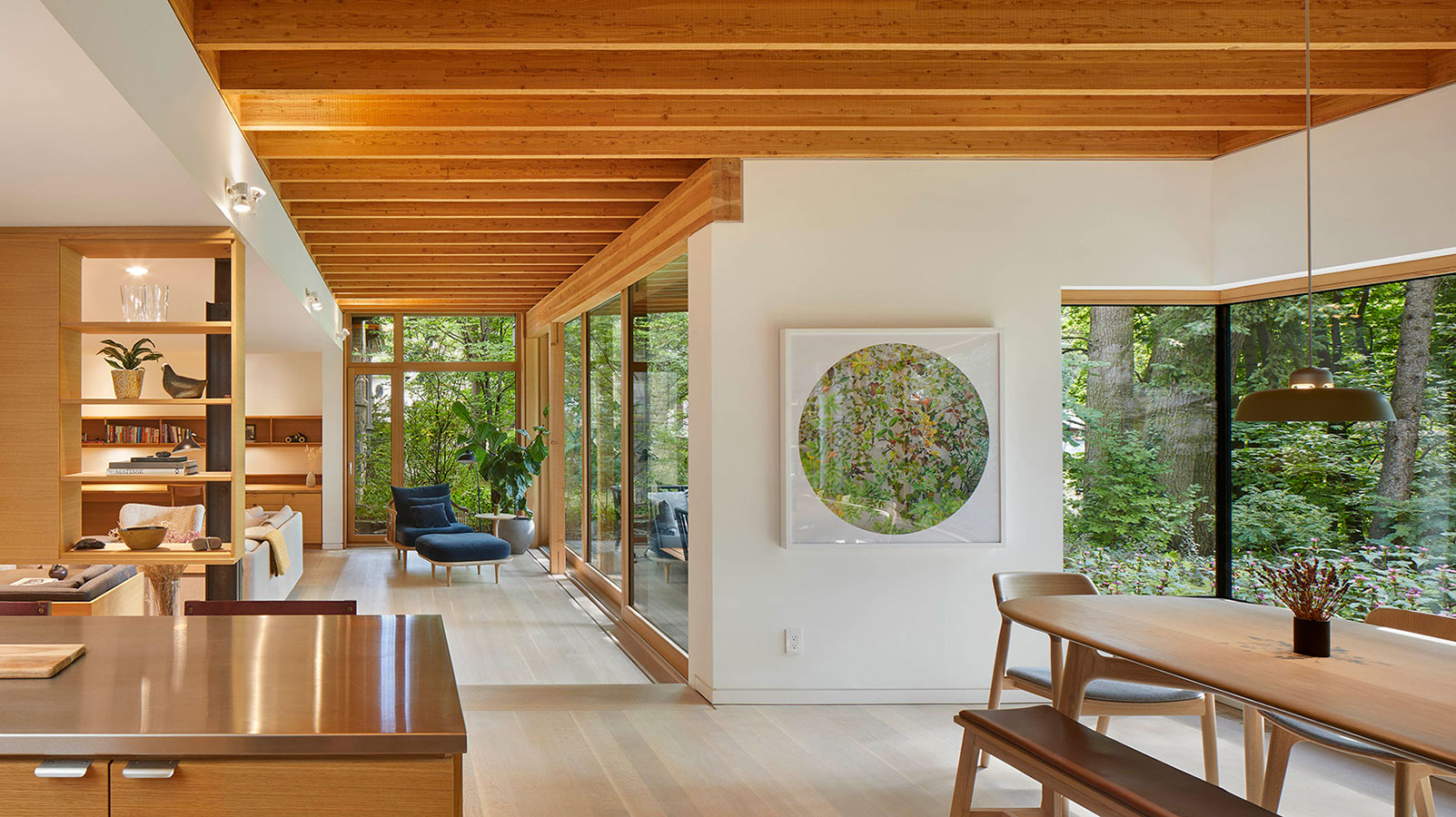
Rather than design the house as a whole, each zone was considered separately, then pieced together in a complementary way. A snug, study and lounge with compressed ceilings fit in around the main floor, leading to a kitchen. At the centre of ground-floor plan, the kitchen would be darker if not for that vaulted ceiling that allows natural light to pour in from the windowed corridor above.
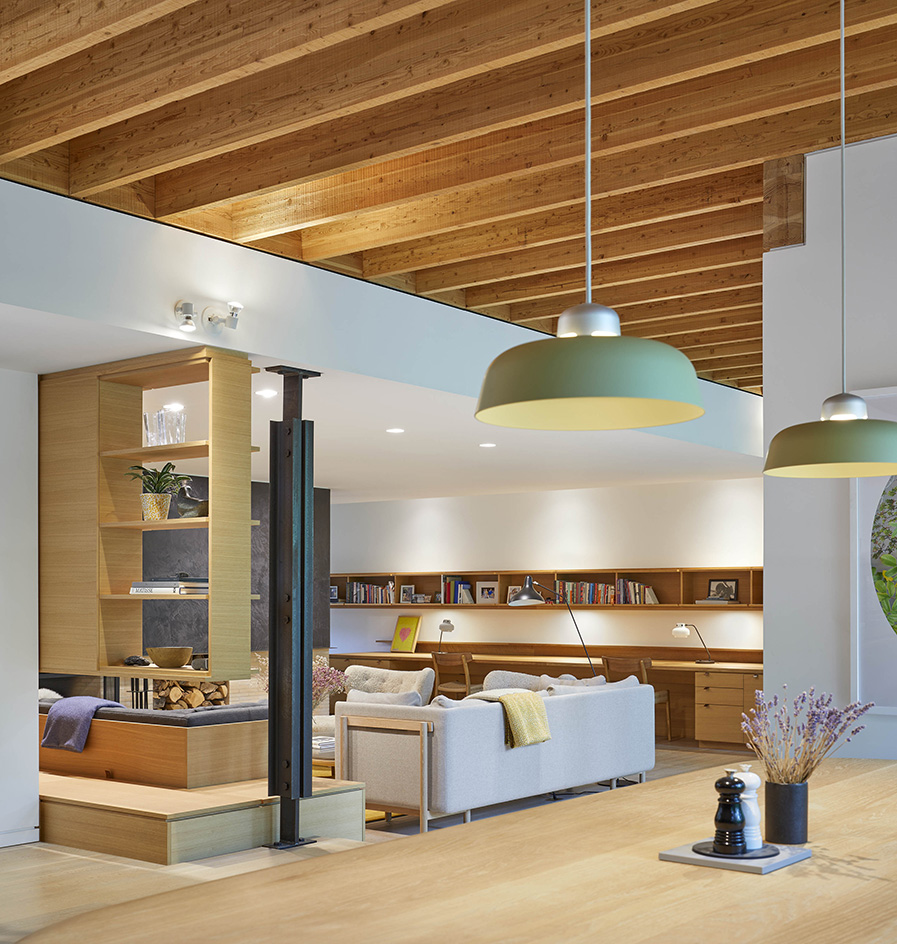
Upstairs in the bedrooms, the views are cropped by the green roofs projecting from the floor below. 'The character of the mature trees defines the spatial experience,' says MacDonald. Even the sauna, an amenity of the principal bedroom, seems to float amid the tree canopy. 'It all looks much more dramatic than it is.'
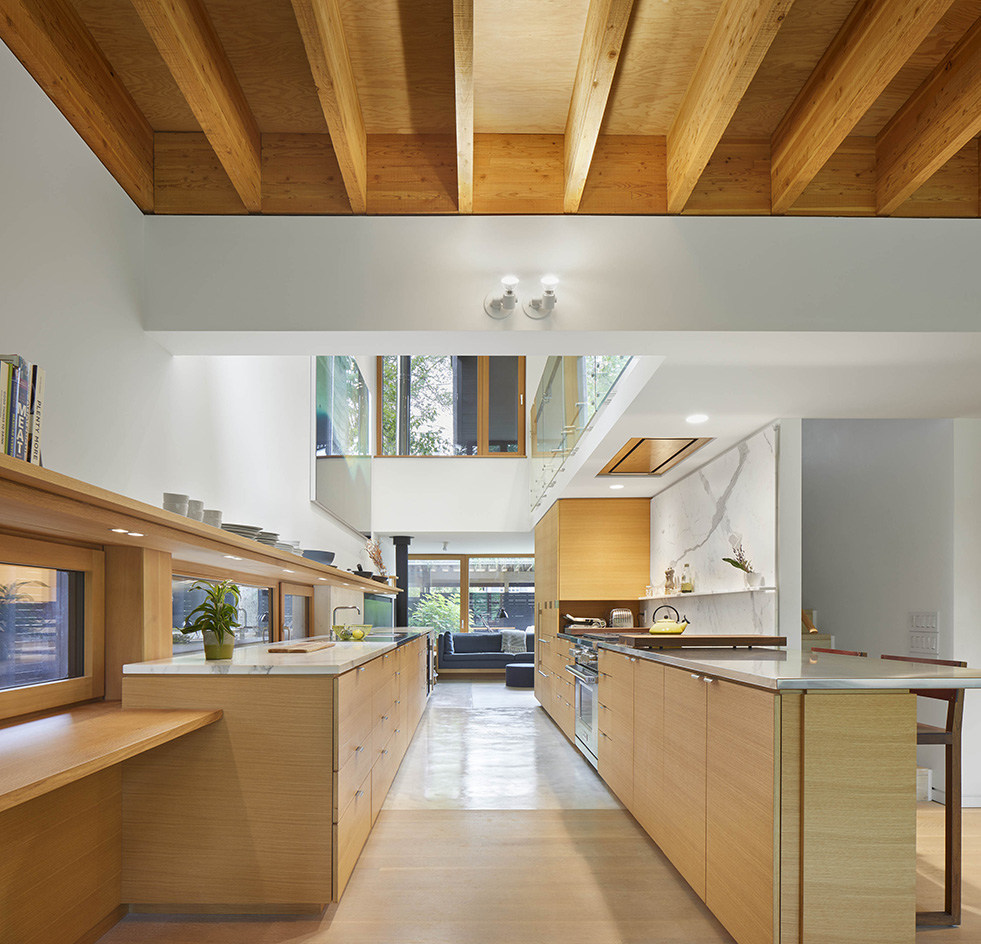
Peeking out toward the garden, the new carport obscures the laneway. Looking out toward the main street, deciduous trees obscure the facing houses like a screen. It goes both ways. From the street, the wood façade effectively recedes into the landscape, now well-kept and healthy. The charcoal-stained siding 'receives the plant material around it', says MacDonald. 'It gets lost in the hydrangea and clematis.'
Wallpaper* Newsletter
Receive our daily digest of inspiration, escapism and design stories from around the world direct to your inbox.
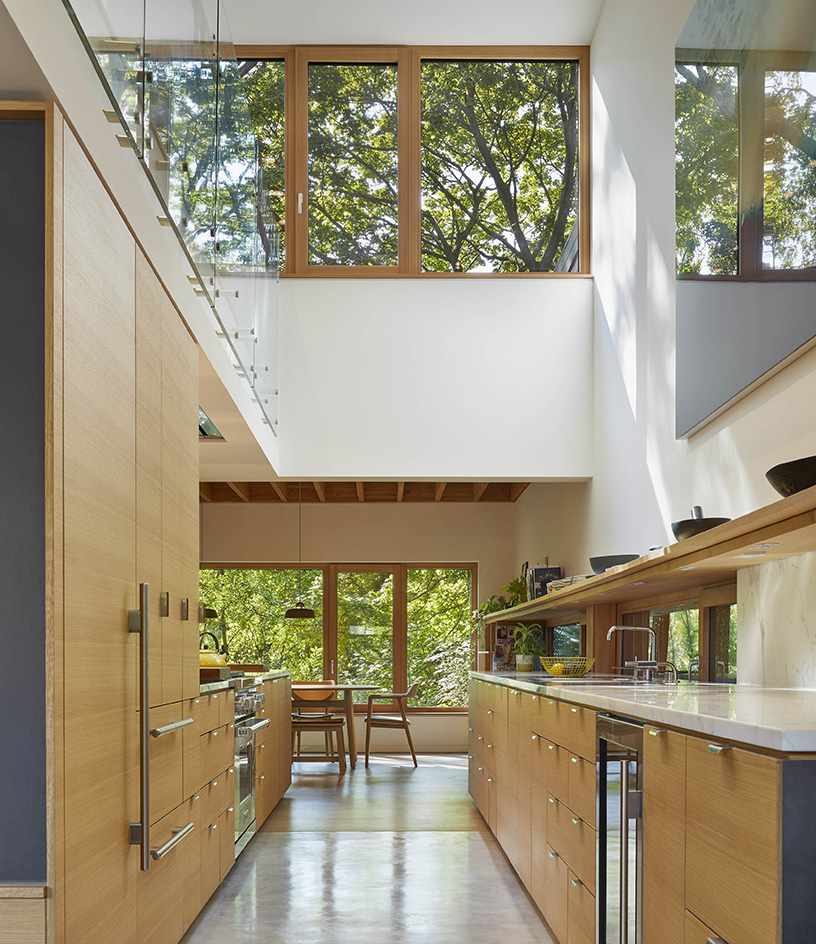
The problem has effectively become part of the solution. But any statement made to that effect is classic understatement. To understand this house, is to discover it slowly.
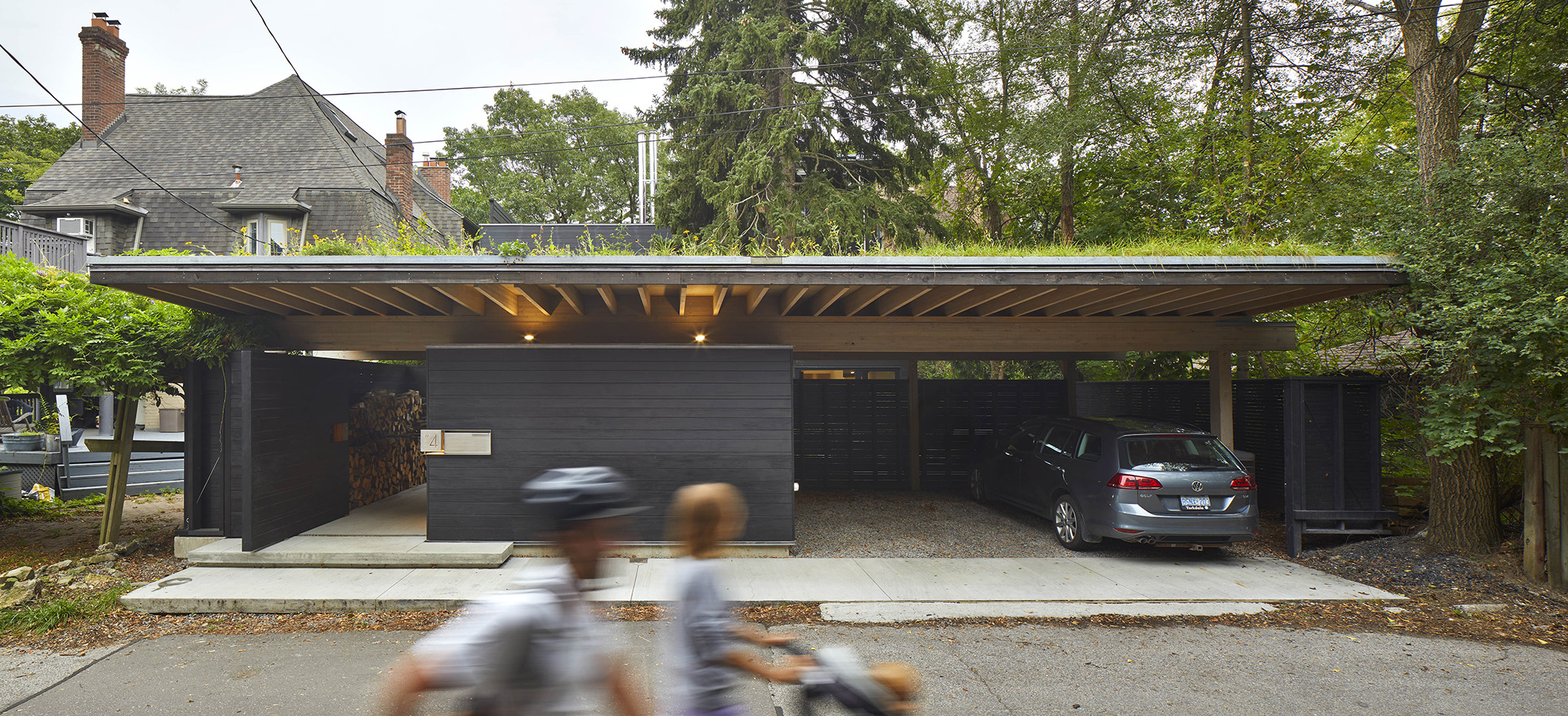
Based in London, Ellen Himelfarb travels widely for her reports on architecture and design. Her words appear in The Times, The Telegraph, The World of Interiors, and The Globe and Mail in her native Canada. She has worked with Wallpaper* since 2006.
-
 Put these emerging artists on your radar
Put these emerging artists on your radarThis crop of six new talents is poised to shake up the art world. Get to know them now
By Tianna Williams
-
 Dining at Pyrá feels like a Mediterranean kiss on both cheeks
Dining at Pyrá feels like a Mediterranean kiss on both cheeksDesigned by House of Dré, this Lonsdale Road addition dishes up an enticing fusion of Greek and Spanish cooking
By Sofia de la Cruz
-
 Creased, crumpled: S/S 2025 menswear is about clothes that have ‘lived a life’
Creased, crumpled: S/S 2025 menswear is about clothes that have ‘lived a life’The S/S 2025 menswear collections see designers embrace the creased and the crumpled, conjuring a mood of laidback languor that ran through the season – captured here by photographer Steve Harnacke and stylist Nicola Neri for Wallpaper*
By Jack Moss
-
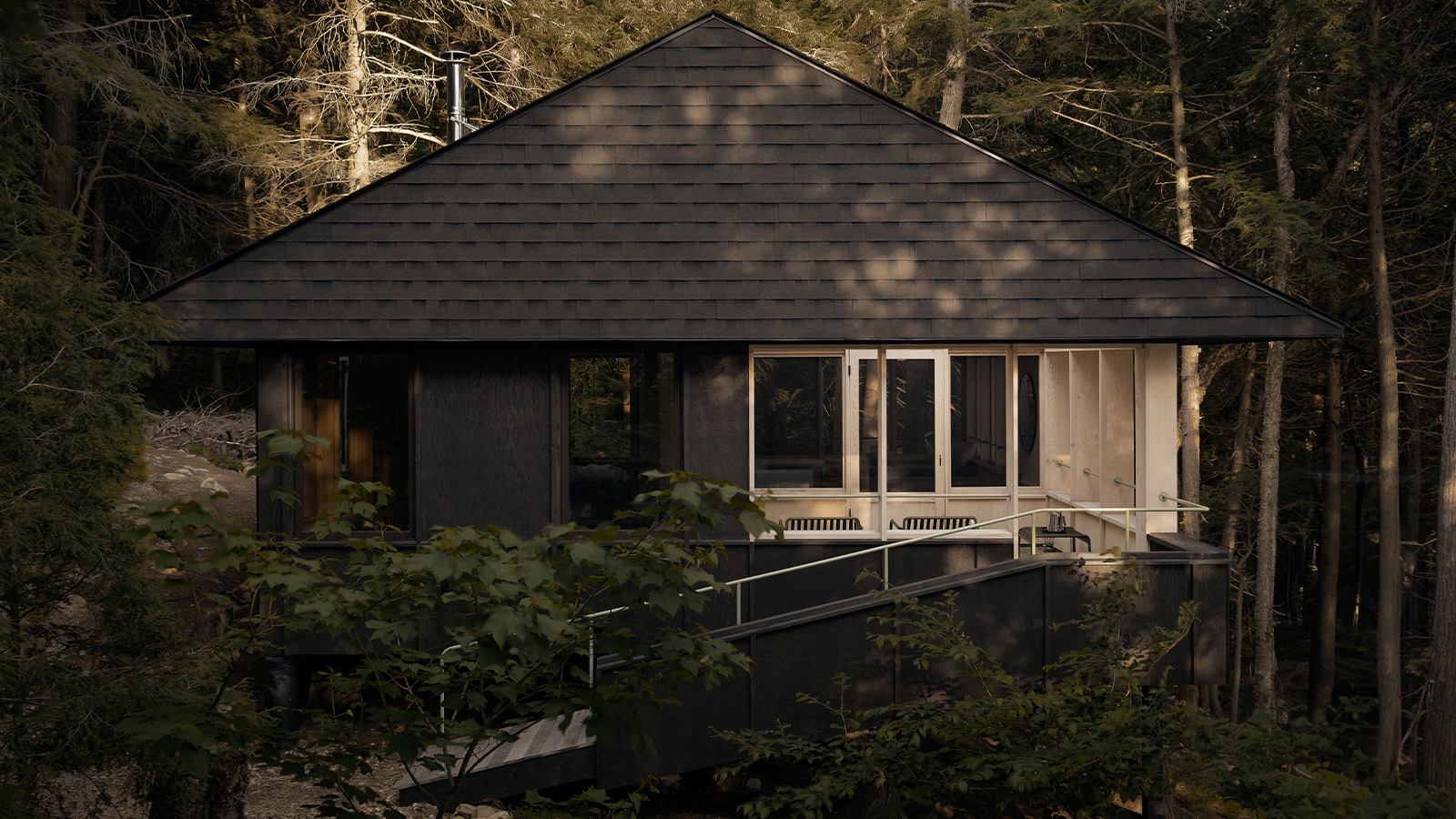 Smoke Lake Cabin is an off-grid hideaway only accessible by boat
Smoke Lake Cabin is an off-grid hideaway only accessible by boatThis Canadian cabin is a modular and de-mountable residence, designed by Anya Moryoussef Architect (AMA) and nestled within Algonquin Provincial Park in Ontario
By Tianna Williams
-
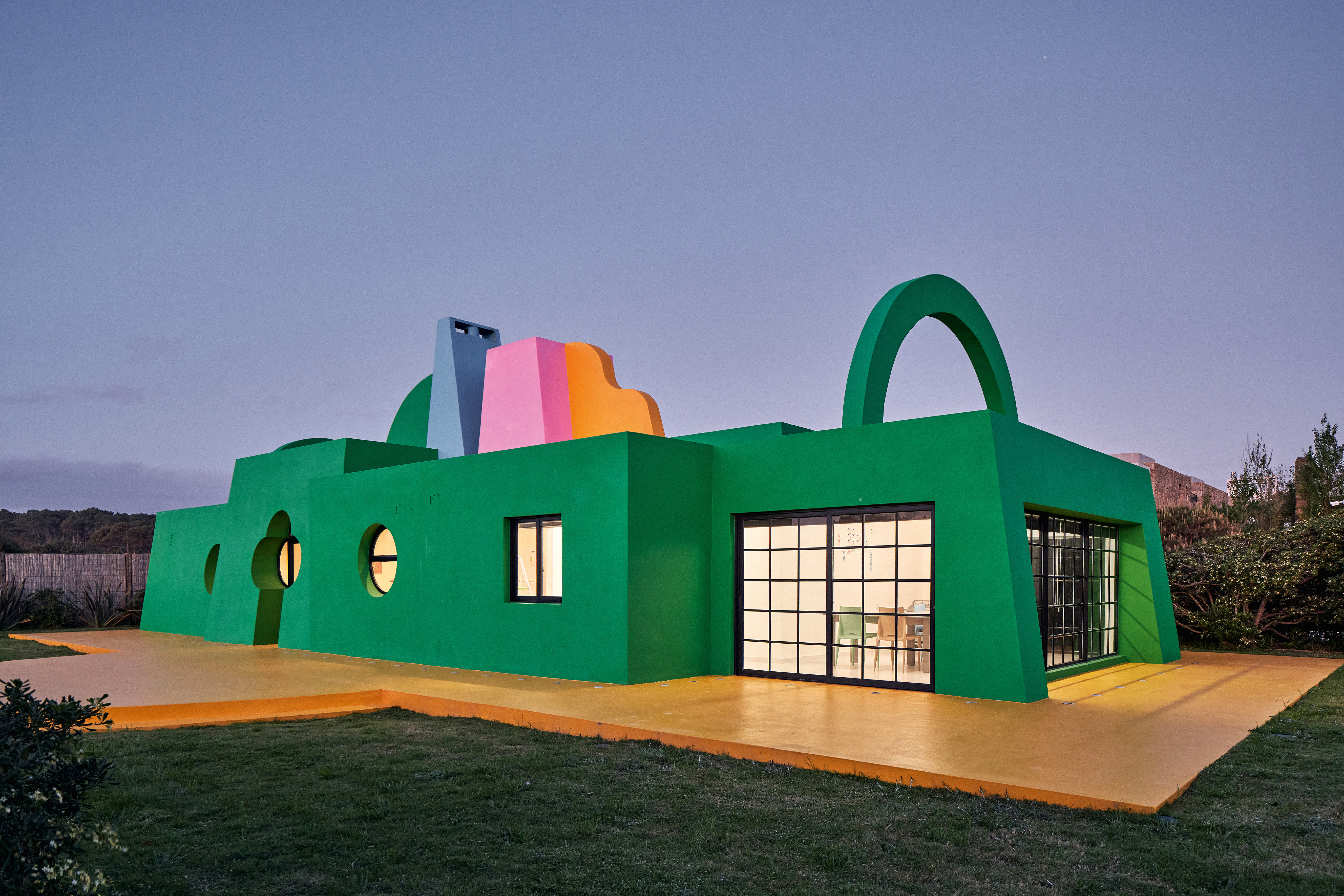 Ten contemporary homes that are pushing the boundaries of architecture
Ten contemporary homes that are pushing the boundaries of architectureA new book detailing 59 visually intriguing and technologically impressive contemporary houses shines a light on how architecture is evolving
By Anna Solomon
-
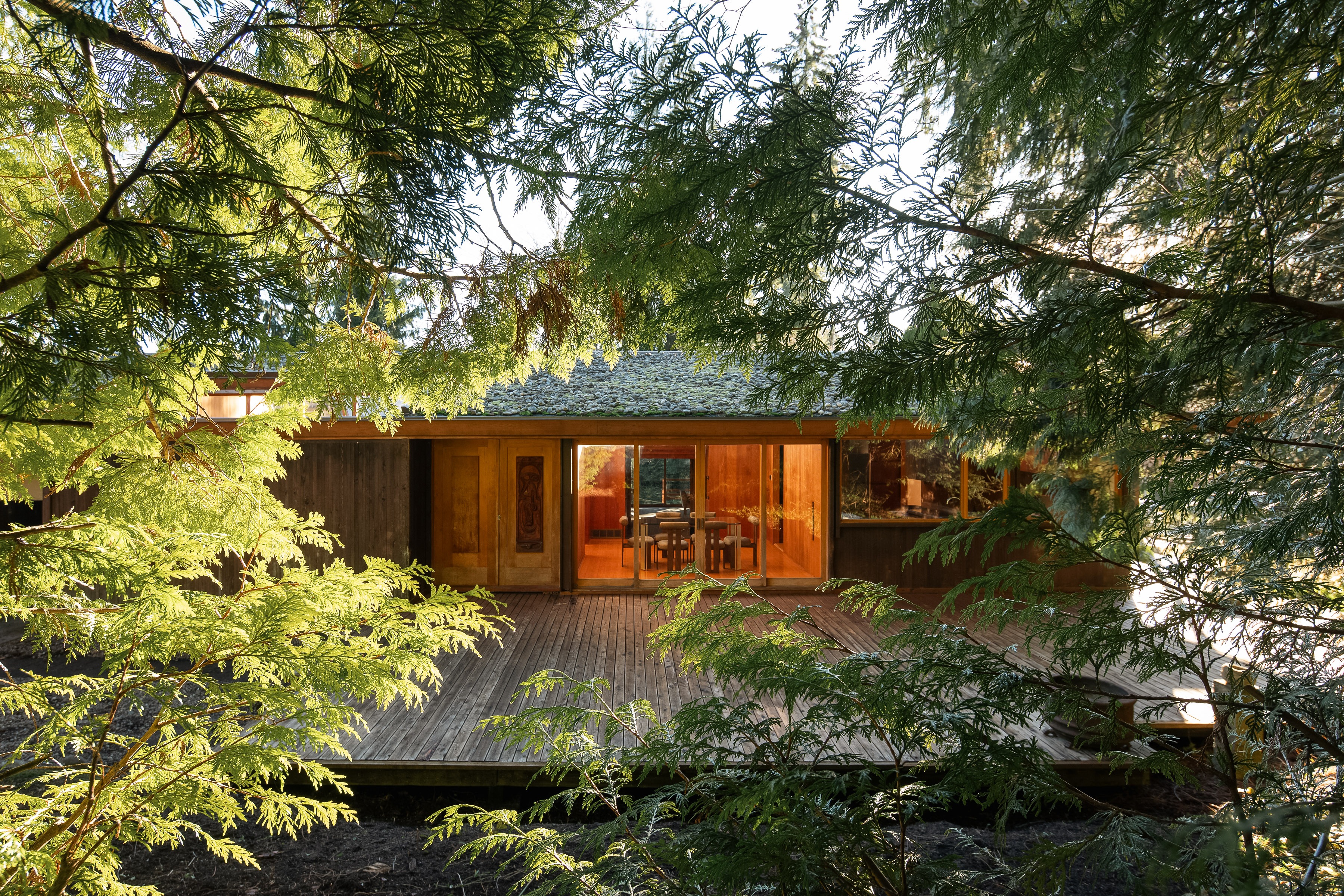 Explore the Perry Estate, a lesser-known Arthur Erickson project in Canada
Explore the Perry Estate, a lesser-known Arthur Erickson project in CanadaThe Perry estate – a residence and studio built for sculptor Frank Perry and often visited by his friend Bill Reid – is now on the market in North Vancouver
By Hadani Ditmars
-
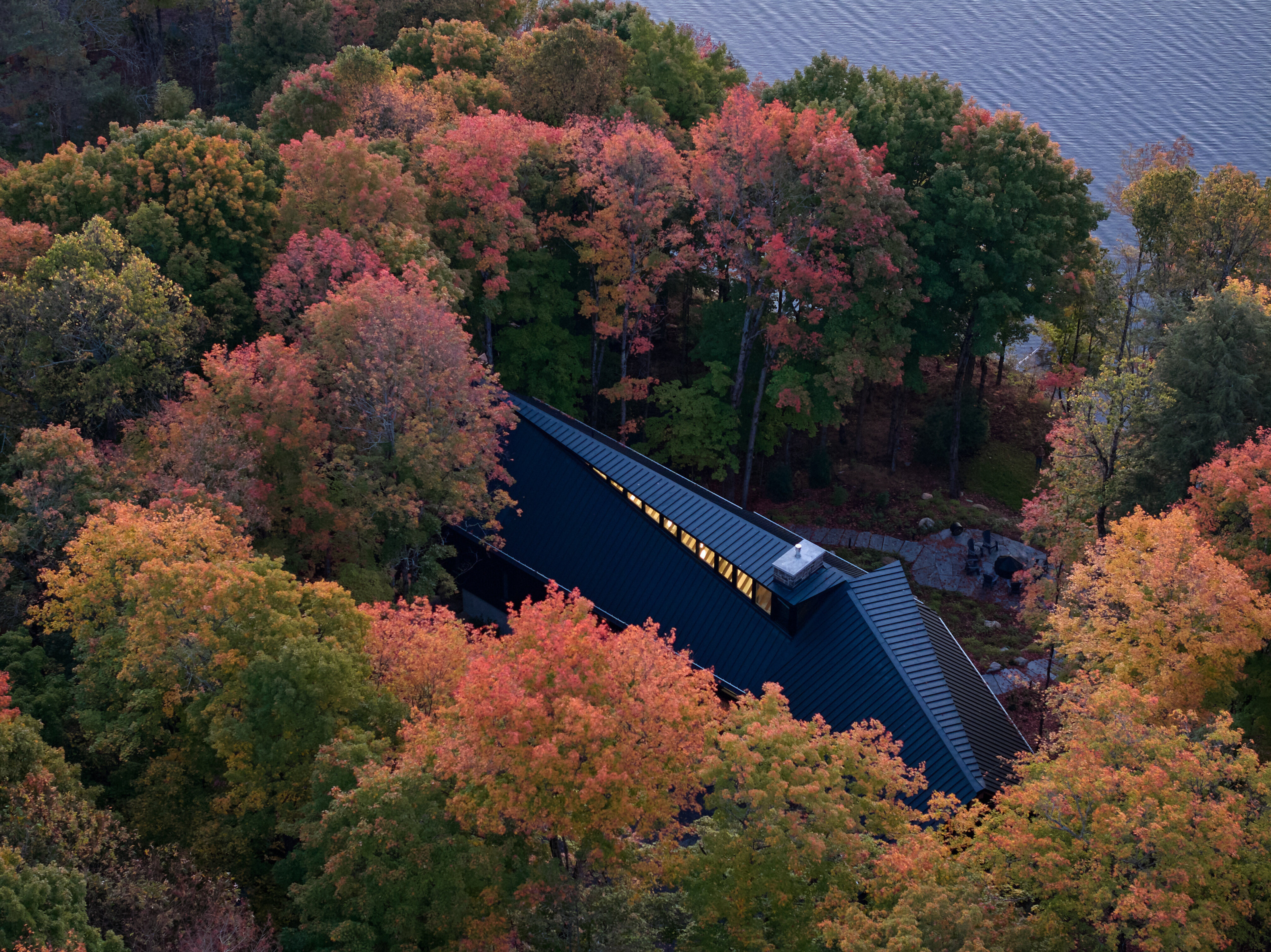 A new lakeshore cottage in Ontario is a spectacular retreat set beneath angled zinc roofs
A new lakeshore cottage in Ontario is a spectacular retreat set beneath angled zinc roofsFamily Cottage by Vokac Taylor mixes spatial gymnastics with respect for its rocky, forested waterside site
By Jonathan Bell
-
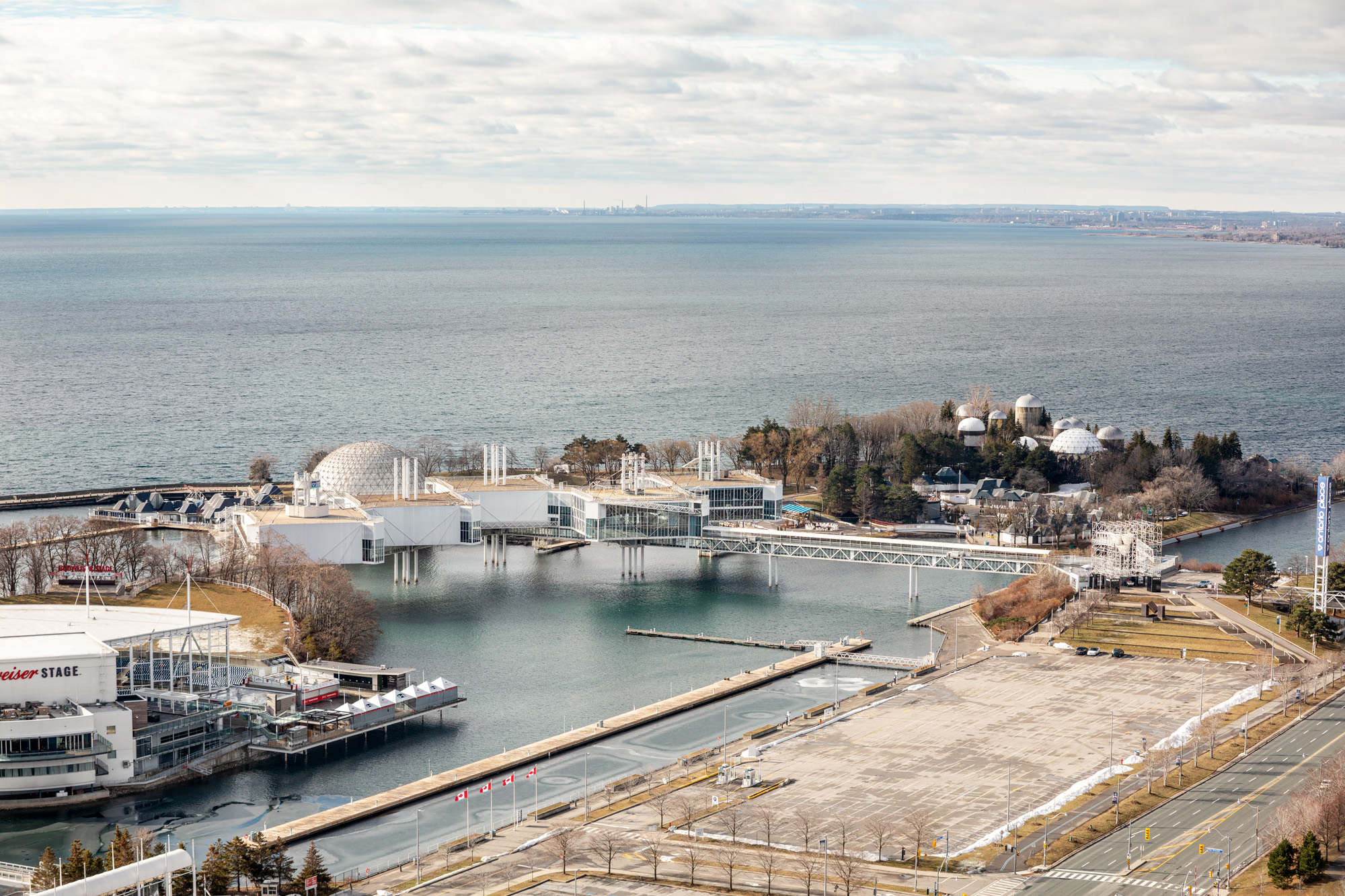 We zoom in on Ontario Place, Toronto’s lake-defying 1971 modernist showpiece
We zoom in on Ontario Place, Toronto’s lake-defying 1971 modernist showpieceWe look back at Ontario Place, Toronto’s striking 1971 showpiece and modernist marvel with an uncertain future
By Dave LeBlanc
-
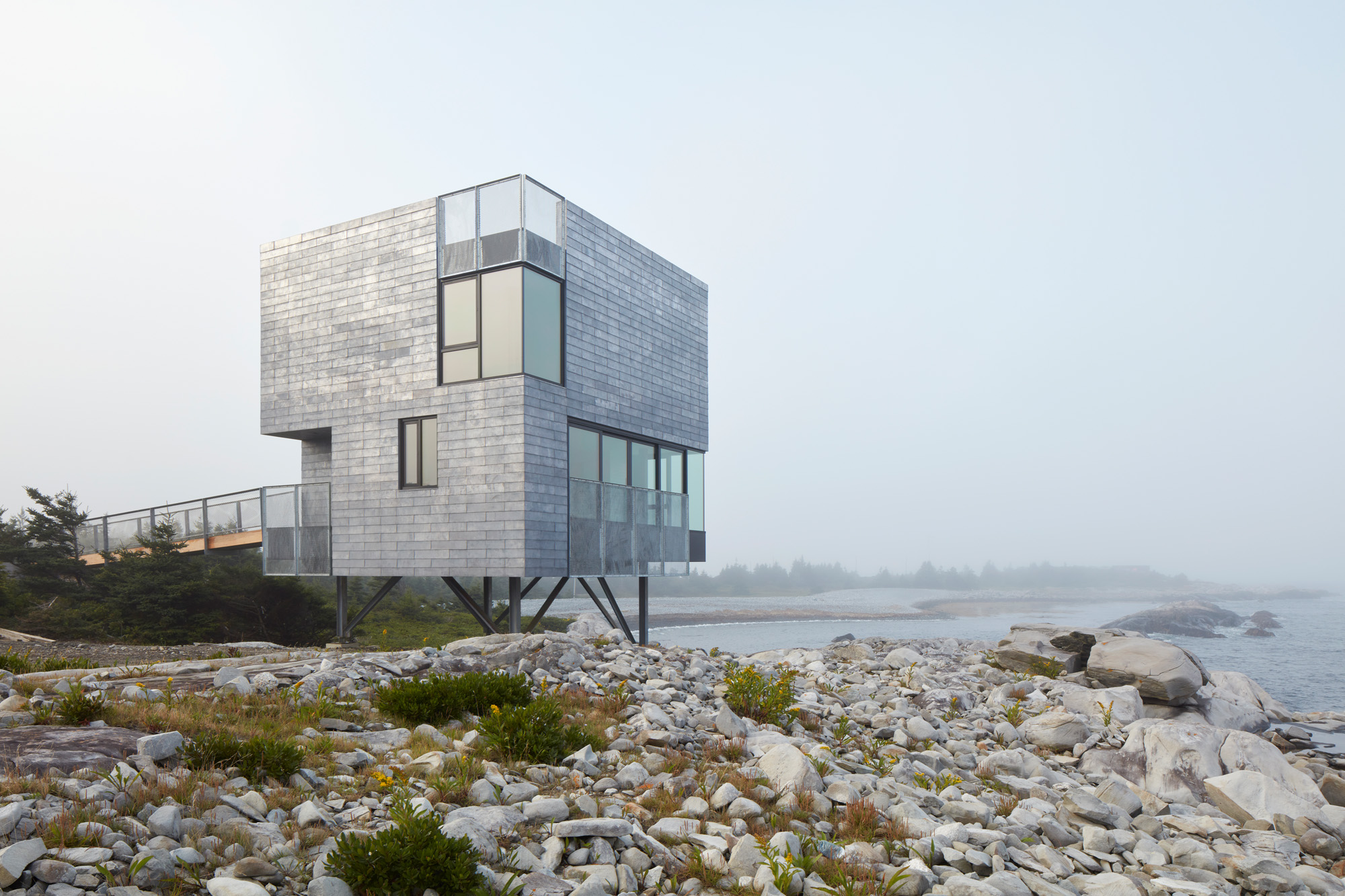 This Canadian guest house is ‘silent but with more to say’
This Canadian guest house is ‘silent but with more to say’El Aleph is a new Canadian guest house by MacKay-Lyons Sweatapple, designed for seclusion and connection with nature, and a Wallpaper* Design Awards 2025 winner
By Ellie Stathaki
-
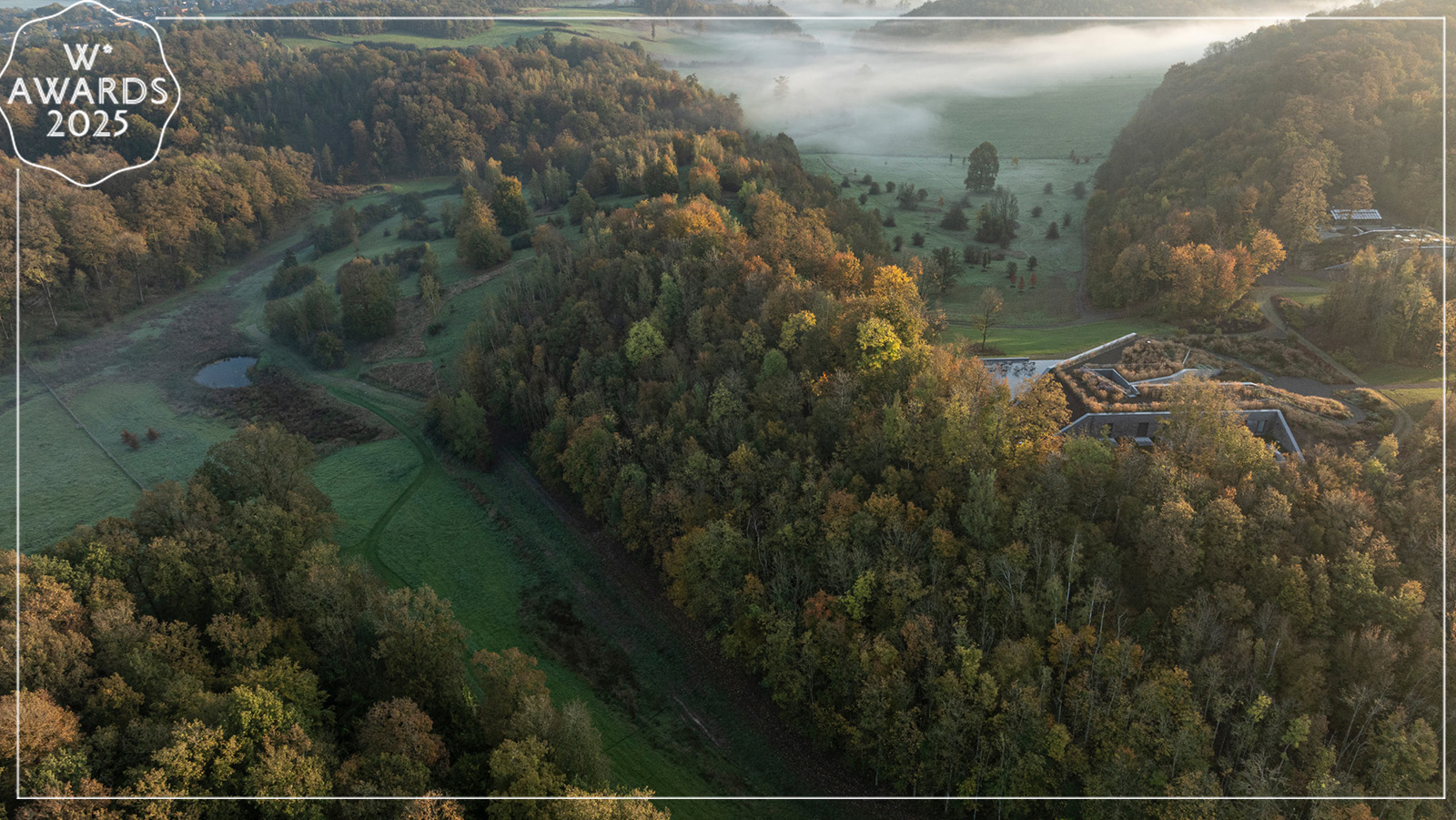 Wallpaper* Design Awards 2025: celebrating architectural projects that restore, rebalance and renew
Wallpaper* Design Awards 2025: celebrating architectural projects that restore, rebalance and renewAs we welcome 2025, the Wallpaper* Architecture Awards look back, and to the future, on how our attitudes change; and celebrate how nature, wellbeing and sustainability take centre stage
By Ellie Stathaki
-
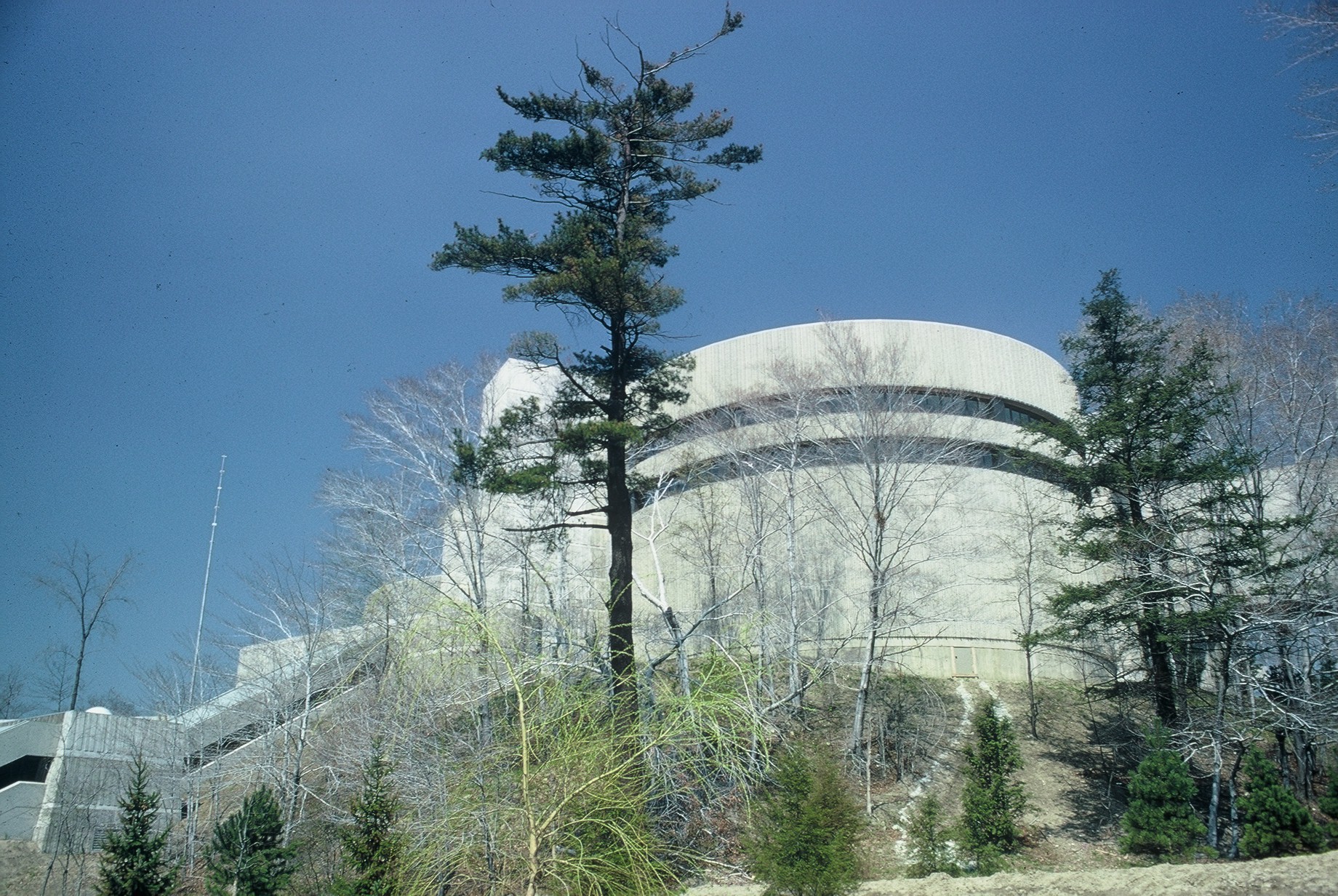 The case of the Ontario Science Centre: a 20th-century architecture classic facing an uncertain future
The case of the Ontario Science Centre: a 20th-century architecture classic facing an uncertain futureThe Ontario Science Centre by Raymond Moriyama is in danger; we look at the legacy and predicament of this 20th-century Toronto gem
By Dave LeBlanc